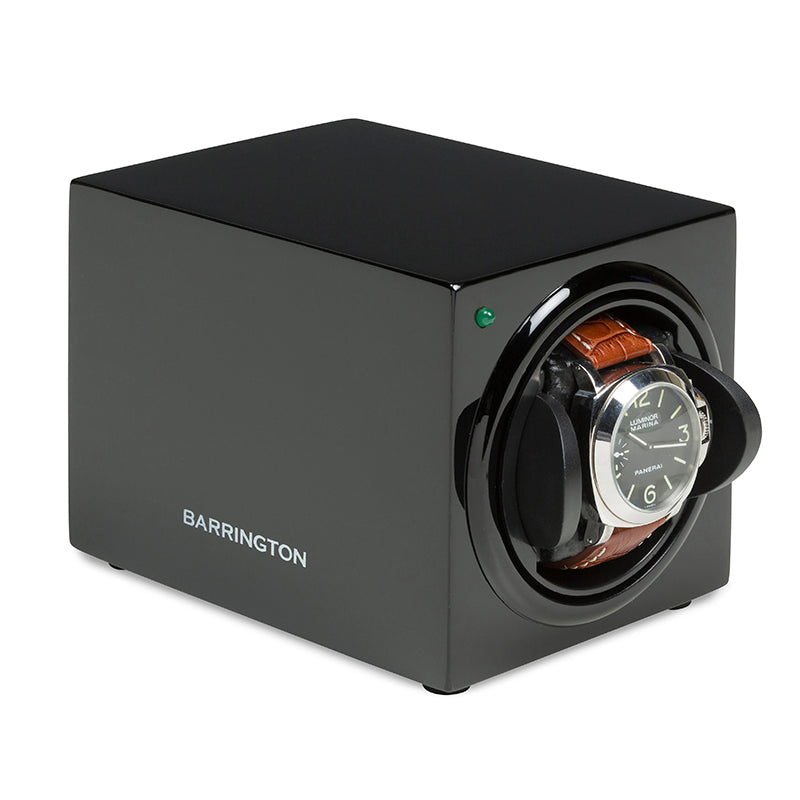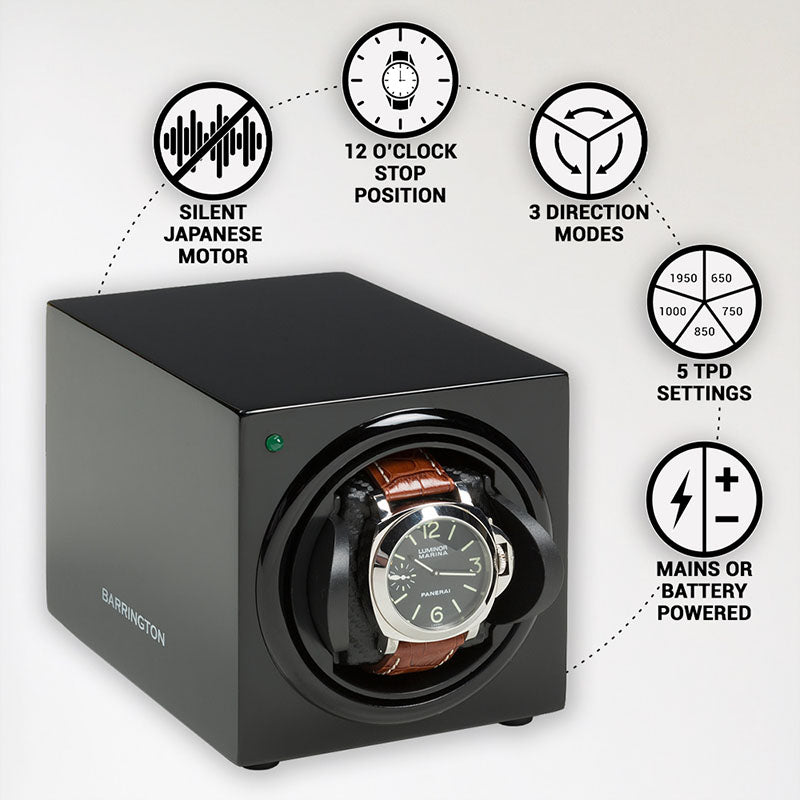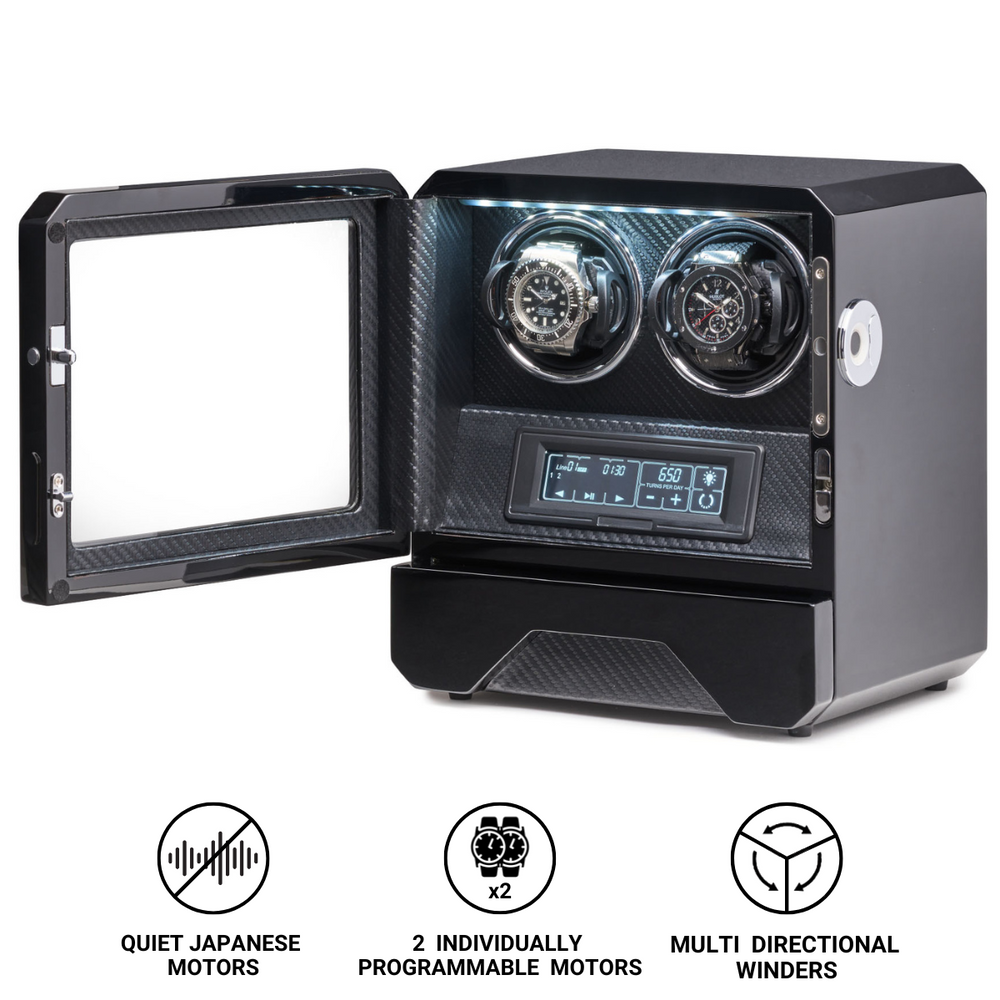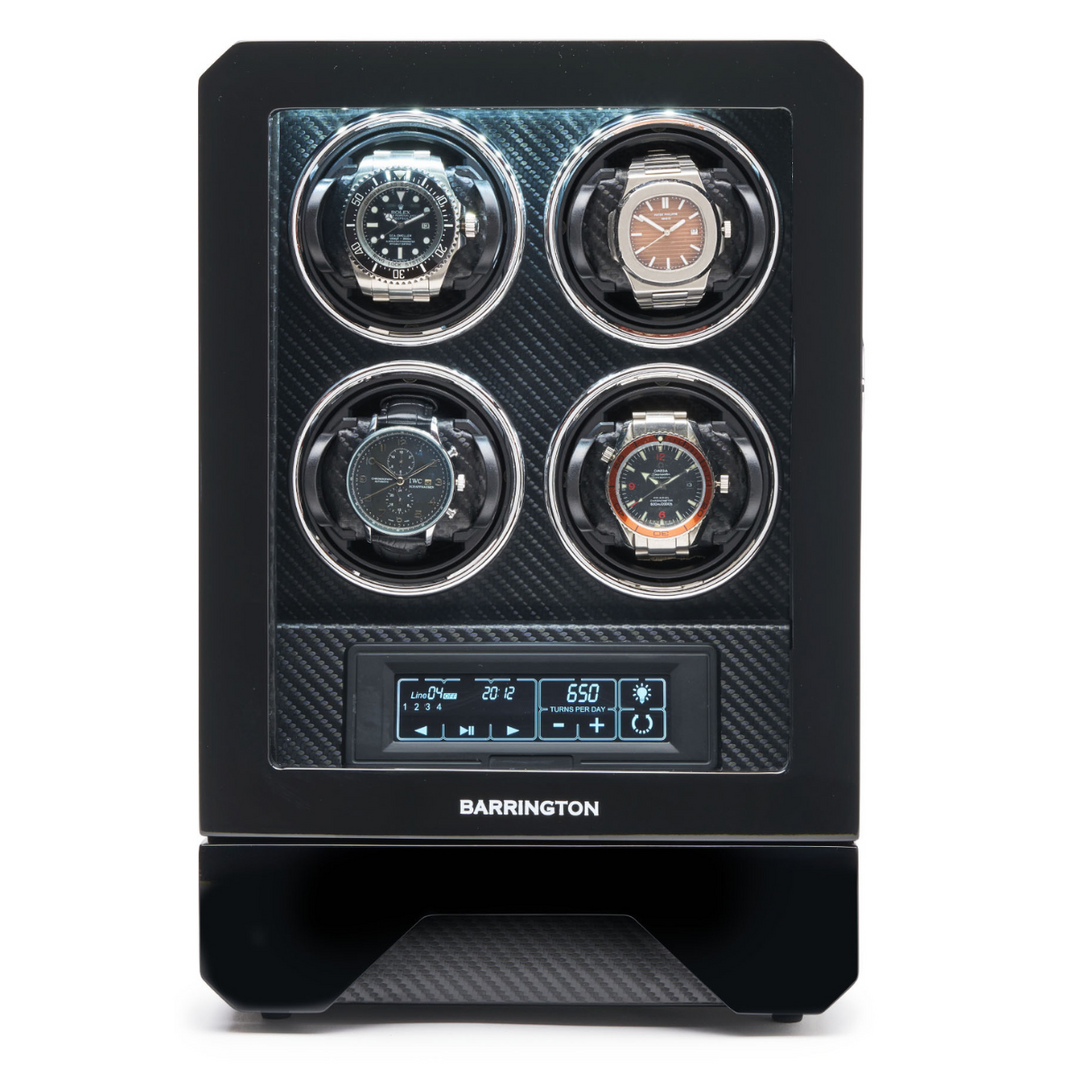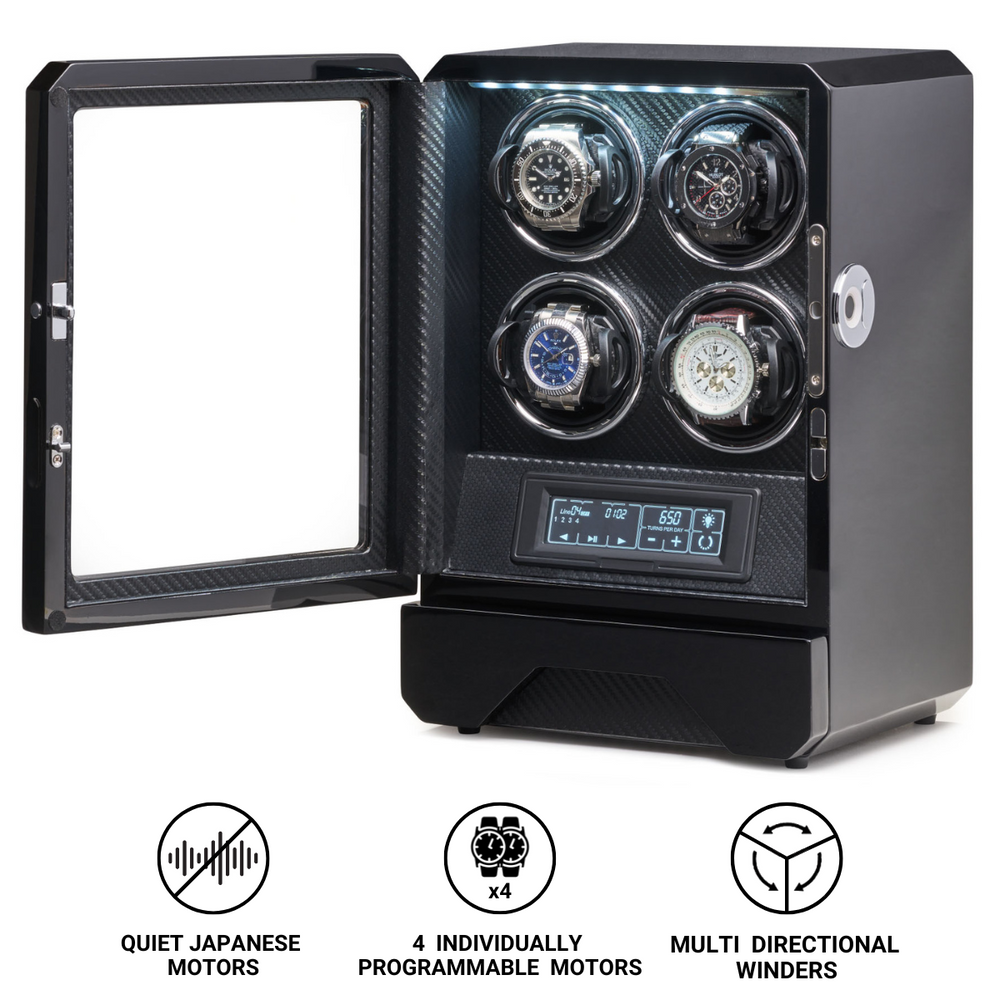What is Chronograph?
The chronograph is one of the most celebrated and technically intricate complications in the world of horology. At its core, a chronograph is a stopwatch function integrated into a wristwatch, capable of measuring elapsed time while still displaying the hours, minutes, and seconds of the day. Yet beyond this straightforward description lies a history of innovation, engineering mastery, and aesthetic evolution that has made the chronograph a symbol of both technical skill and sporting elegance.
From its origins in the 19th century as a scientific instrument to its status today as a hallmark of mechanical excellence, the chronograph represents a perfect balance between functionality and artistry. It is not merely a tool for timing events but an expression of human fascination with precision and motion.
The Origins of the Chronograph
The history of the chronograph begins in the early 19th century, when the need for precise timing arose in fields such as astronomy, navigation, and horse racing. The first known chronograph was developed in 1816 by the French watchmaker Louis Moinet. His invention, designed for astronomical use, could measure intervals with extraordinary accuracy, down to one-sixtieth of a second. However, Moinet’s work remained largely unknown for many decades.
In 1821, Nicolas Mathieu Rieussec, the official watchmaker to King Louis XVIII of France, created a device specifically designed to time horse races. His mechanism deposited ink dots on a rotating dial to mark the start and stop times, giving birth to the term “chronograph”, derived from the Greek words “chronos” (time) and “graphein” (to write). Though primitive compared to modern standards, Rieussec’s instrument established the foundation for all subsequent developments.
As watchmaking advanced throughout the 19th century, manufacturers began to miniaturise the chronograph mechanism, integrating it into pocket watches. By the early 20th century, wristwatches became the dominant form of personal timekeeping, and the chronograph quickly evolved into one of its most prestigious complications.
How a Chronograph Works
A chronograph operates by using a specialised mechanism within the watch movement that can start, stop, and reset an independent seconds hand and, in many cases, additional counters for minutes and hours. Unlike a simple watch that continuously measures the passage of time, a chronograph allows the wearer to measure specific intervals on demand.
The basic principle involves three main components:
-
The Clutch System
This connects and disconnects the chronograph mechanism from the main gear train. There are two main types: the horizontal clutch and the vertical clutch. The horizontal clutch engages the gears by sliding them into place, while the vertical clutch uses friction plates to ensure smooth operation and prevent hand jitter. -
The Column Wheel or Cam
This component acts as the command centre for the chronograph, coordinating the start, stop, and reset functions. The column wheel, often seen as a hallmark of high-end chronographs, provides precise and tactile operation. The cam system, on the other hand, is simpler and more economical to produce but can still deliver excellent performance. -
The Chronograph Hands and Counters
The central chronograph hand measures elapsed seconds, while sub-dials typically record minutes and hours. When the reset pusher is pressed, all hands return to zero instantaneously, ready for the next measurement.
A chronograph can be manually wound or automatic, depending on the movement design. Some modern quartz chronographs use electronic sensors and motors to control timing, but mechanical versions remain the most admired for their complexity and craftsmanship.
The Development of Wristwatch Chronographs
The wristwatch chronograph made its first major appearance in the early 20th century. Longines, Breitling, and Universal Genève were among the pioneers of compact chronograph movements designed specifically for the wrist. These early models featured a single pusher that controlled start, stop, and reset functions sequentially.
In 1934, Breitling revolutionised the chronograph by introducing a two-pusher system, separating the start/stop and reset operations. This advancement made the chronograph more practical and reliable, and it became the standard configuration that continues to this day.
Throughout the 1940s and 1950s, chronographs became indispensable tools for professionals. Military pilots, engineers, and scientists relied on them for precise timing, and brands like Omega, Heuer, Zenith, and Universal Genève refined their designs for accuracy and legibility. These decades also established the visual codes we associate with chronographs: bold hands, contrasting sub-dials, and tachymeter scales engraved on bezels or chapter rings.
The Race to the Automatic Chronograph
The 1960s marked one of the most significant chapters in the history of the chronograph: the race to create the first automatic version. Until then, all chronographs were manually wound, requiring the wearer to wind the watch daily.
Three groups were simultaneously working toward this breakthrough:
-
A consortium of Heuer, Breitling, Buren, and Dubois Dépraz developing the Calibre 11, unveiled in 1969.
-
Zenith, which presented its El Primero movement, a fully integrated automatic chronograph also launched in 1969.
-
Seiko in Japan, which released the automatic chronograph 6139 around the same time.
Each design took a different technical approach, but together they ushered in a new era. Zenith’s El Primero, operating at a high frequency of 36,000 vibrations per hour, remains one of the most celebrated chronograph movements ever made.
Functions and Scales
Chronographs often incorporate additional scales and complications to expand their utility. These include:
-
Tachymeter Scale
Used to measure speed over a fixed distance, the tachymeter is typically engraved around the bezel or printed on the dial. By timing how long it takes to travel one kilometre or mile, the wearer can read the average speed directly. -
Telemeter Scale
This measures the distance between the observer and an event based on the speed of sound. For instance, a user could time the interval between a lightning flash and the thunderclap to estimate how far away the storm is. -
Pulsometer Scale
Popular among medical professionals in the early 20th century, this allows the wearer to measure a patient’s pulse rate quickly by counting beats over a specific time interval.
These functional scales underscore the chronograph’s origin as a professional instrument rather than merely a luxury accessory.
The Flyback and Split-Seconds Chronograph
Over time, watchmakers developed more advanced versions of the basic chronograph. Two of the most technically impressive are the flyback chronograph and the split-seconds (rattrapante) chronograph.
The flyback chronograph, first designed for pilots, allows the user to reset and restart the chronograph hand with a single press of a button instead of stopping, resetting, and starting separately. This function enables rapid timing of consecutive events, a critical advantage in aviation and racing.
The split-seconds chronograph takes complexity even further. It features two central seconds hands, one of which can be stopped independently to measure intermediate times while the other continues running. When released, the stopped hand catches up instantly. This highly intricate mechanism demands exceptional precision in both assembly and adjustment, making it a hallmark of haute horlogerie.
The Chronograph in Motorsport and Aviation
Few complications are as closely associated with human achievement as the chronograph. In the mid-20th century, it became synonymous with motorsport, where timing precision was vital. Brands such as Heuer (later TAG Heuer), Omega, and Rolex produced models designed for professional use at racetracks and rallies.
The Heuer Carrera, Monaco, and Autavia defined the aesthetics of racing chronographs, while the Rolex Daytona became an icon of performance and style. Omega’s Speedmaster, famously worn during the Apollo missions, demonstrated the chronograph’s reliability under extreme conditions, earning its place as the first watch worn on the Moon.
In aviation, chronographs became indispensable instruments for navigation and flight timing. Breitling’s Navitimer, with its circular slide rule bezel, allowed pilots to make rapid calculations for speed, distance, and fuel consumption. These watches were not fashion statements but essential cockpit tools, contributing directly to the safety and success of missions.
The Aesthetic Appeal of the Chronograph
Beyond its technical prowess, the chronograph has become a cornerstone of watch design. The arrangement of sub-dials, pushers, and scales gives it an instantly recognisable character. Collectors often praise the “balanced asymmetry” of chronograph dials, where functionality shapes beauty.
Many of the most iconic designs in horology are chronographs: the Omega Speedmaster, Rolex Daytona, Zenith El Primero, TAG Heuer Monaco, and Patek Philippe Ref. 5170, among others. Each of these models exemplifies a different era and philosophy of design, yet all share the common goal of combining precision with elegance.
Modern chronographs explore an even broader aesthetic range, from minimalistic single-register models to complex skeletonised versions that reveal their mechanical choreography. The visible motion of gears, levers, and hammers gives the chronograph an almost theatrical quality, captivating enthusiasts who appreciate the interplay between art and engineering.
Mechanical vs Quartz Chronographs
While mechanical chronographs are celebrated for their craftsmanship, quartz chronographs brought affordability and accuracy to a wider audience. Introduced in the 1970s, quartz movements use electronic circuits and stepper motors to drive the hands, often offering additional digital timing features.
However, mechanical chronographs retain a unique charm. Their tactile pushers, sweeping seconds hand, and audible clicks convey a sense of connection to the machinery within. Collectors view them not merely as timekeeping instruments but as living mechanisms, the result of centuries of horological evolution.
The Modern Role of the Chronograph
Today, the chronograph is as much a statement of identity as it is a tool. It represents precision, adventure, and craftsmanship. While few people rely on mechanical chronographs for professional timing, their appeal endures because they symbolise human achievement and mechanical mastery.
Brands continue to innovate within this space, experimenting with materials, layouts, and movement architecture. From ultra-thin designs like Bulgari’s Octo Finissimo Chronograph to high-frequency calibres from Zenith and TAG Heuer, the complication remains a playground for technical excellence.
Conclusion
The chronograph stands as one of watchmaking’s greatest triumphs, embodying both functionality and artistry. From Louis Moinet’s 19th-century experiments to the sophisticated instruments of today, it has evolved into a masterpiece of mechanical engineering.
More than a tool for measuring time, the chronograph captures the spirit of precision, movement, and human ingenuity. It connects the wearer to a legacy of exploration, competition, and craftsmanship that continues to define horology itself.
To wear a chronograph is to wear a piece of history: a symbol of mankind’s enduring quest to master time, not merely to measure it.


